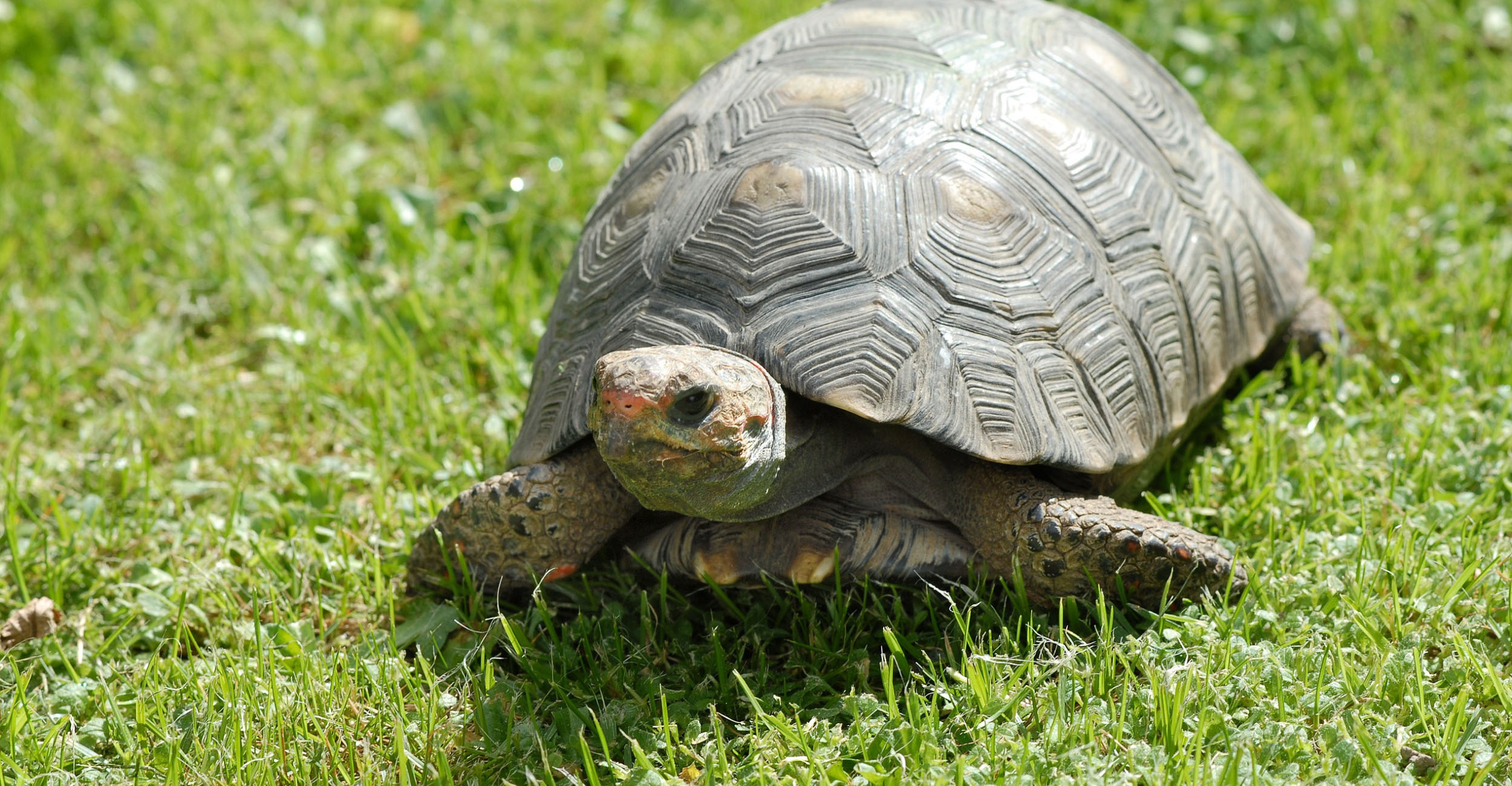
Veterinary Viewpoints: Wildlife Safety
Wednesday, July 10, 2024
Media Contact: Taylor Bacon | Public Relations and Marketing Coordinator | 405-744-6728 | taylor.bacon@okstate.edu
Encountering an orphaned or injured wild animal can be a delicate and emotional situation. Knowing the right steps to take can make a significant difference in the animal's well-being and chances of survival.
If you find an orphaned and injured wild animal, it can be brought to the Oklahoma State University Boren Veterinary Medical Teaching Hospital for assessment and rehabilitation by the Zoological Medicine Service, with the goal of releasing these animals back into the wild. However, it is important to know if an animal truly needs help, or if it is just exhibiting normal behavior.
For instance, people will sometimes find baby cottontail rabbits alone without their mother and think they are orphaned. However, cottontail rabbit moms only visit and feed their babies twice a day, at dusk and dawn, to avoid attracting predators. If you find a nest of cottontail rabbits, a good way to check if the mother is still around is to use grass or twigs to make a tic-tac-toe pattern over the nest. Recheck the nest 24 hours later, and if the pattern is disturbed, the mother has likely been around to feed the babies. If the pattern is not disturbed, please contact a wildlife rehabilitator. Cottontail rabbits are very stressed under human care, so it is important that they are not brought to a wildlife rehabilitator if not necessary. However, if you find a cottontail rabbit that has clearly been injured, such as being attacked by a cat or dog or hit by a lawnmower, please bring them a wildlife rehabilitator right away.
If you see a young cottontail rabbit away from the mother that is 4 inches long or larger and has open eyes and upright ears, this rabbit is likely old enough to have left the nest and fend for itself and can be left in the wild.
In the spring and summer, it becomes common to see turtles crossing the road. Many of these turtles are looking for nesting spots to lay their eggs. If you see one in the middle of the road and it needs to be moved for safety reasons, always move the turtle in the same direction she was going. Always be mindful of your own safety when attempting to help a turtle, from traffic and from the turtle — they can bite!
If you do see a turtle that has been hit by a car, please take them to a wildlife rehabilitator. Wildlife rehabilitators, such as OSU Zoological Medicine Service, can often repair broken shells in these turtles, allowing them to be released back into the wild.
If you find a wild animal, please do not attempt to feed or care for them yourself! Feeding inappropriate food to a wild animal, especially a baby, could have fatal consequences. In addition, it is illegal to raise wild animals in captivity without a permit. Wildlife rehabbers have the training to know how to best care for these animals and give them the best chance of being released back into the wild.
Author: Dr. Elizabeth McCready, clincial assistant professor
Veterinary Viewpoints is provided by the faculty of the OSU Veterinary Medical Teaching Hospital. Certified by the American Animal Hospital Association, the hospital is open to the public providing routine and specialized care for all species, as well as emergency care. Call 405-744-7000 for an appointment or see more information at vetmed.okstate.edu.
